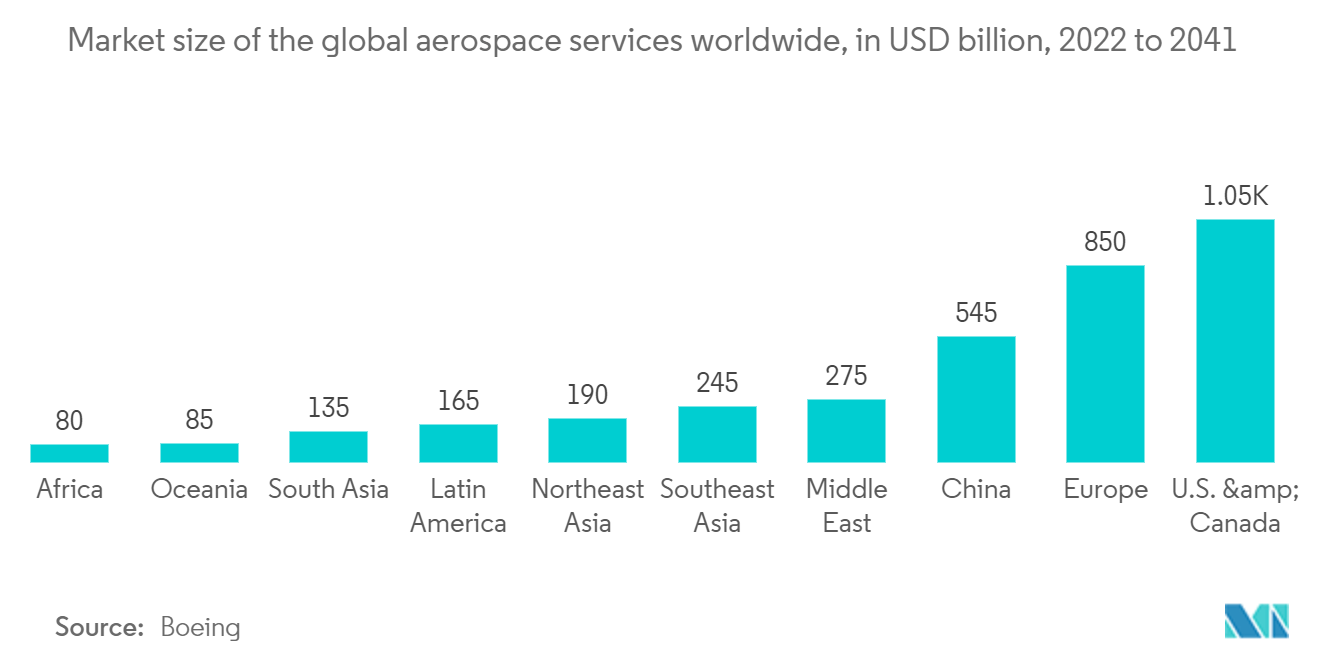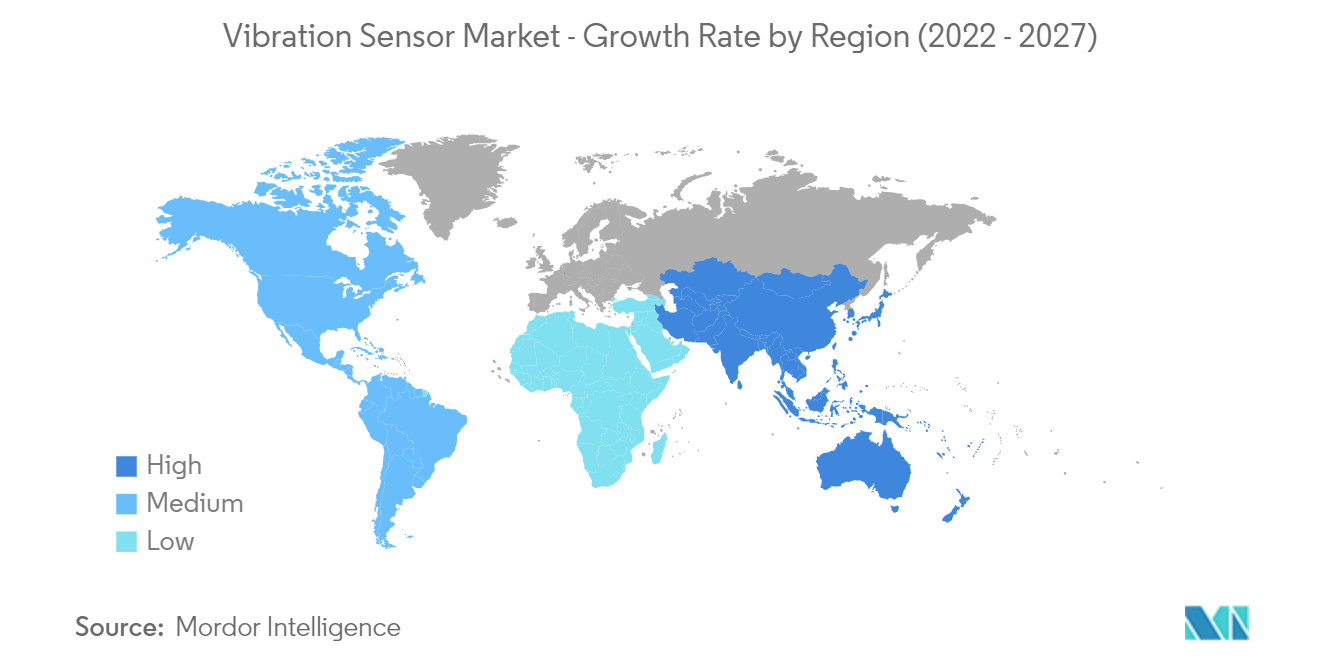Market Trends of Vibration Sensor Industry
This section covers the major market trends shaping the Vibration Sensor Market according to our research experts:
Aerospace & Defense End User to Hold Significant Share
- Increased situational awareness to drive operations, cost-effective maintenance, and asset utilization are some of the key factors driving the demand for aircraft health monitoring systems.
- Moreover, in March 2021, the National Institute of Technology (NIST) researchers developed a new type of accelerometer based on opting mechanical and lasers principles. This sensor consists of a pair of silicon chips and could find use in spacecraft and aircraft, self-driving cars, tablets, and smartphones, which will further drive the market growth.
- The passenger traffic in Asia and other major aviation markets, such as the United Kingdom, Europe, and Germany, has witnessed growth in terms of the number of passengers and aircraft movements, which is expected to drive the market during the forecast period.
- For instance, according to Boeing, the market size of India's commercial aviation services industry is expected to witness 3.7 trillion U.S. dollars by 2040, creating demand for an additional 2,200 new commercial aircraft in the next 20 years. As a result, the expanding airline industry is expected to increase the demand for vibration sensors, driving the market during the forecast period.
- Turbine engine failures are the primary cause of mechanical failures, increasing costs; hence, users are increasingly turning to prognostic health management (PHM) systems to prevent these losses and reduce maintenance costs. As vibration is the most common health monitoring parameter in the aerospace engine industry, the development of PHM systems is likely to directly impact the growth of vibration sensors.

Asia Pacific to Hold Significant Share in Europe Region
- The Asia Pacific is home to the largest aerospace industry. According to IBEF, The Indian aerospace & defense (A&D) market is projected to reach USD 70 billion by 2030.
- Advanced vibration sensors are used for harsh applications, like aircraft rotor track and balance (RT&B). They also serve applications in aircraft design and testing, offering DC-response (static) and AC-response (dynamic) types of accelerometers.
- The growth of consumer electronics in the country has led to a rise in vibration sensors being integrated into appliances. Furthermore, according to the India Brand Equity Foundation (IBEF), the Indian appliances and consumer electronics (ACE) market is expected to register a 9% CAGR to reach INR 3.15 trillion (USD 48.37 billion) in 2022. This is expected to boost the vibration sensors market growth over the forecast period.
- In addition, the increase in demand for oil in the country is expected to lead to a rise in local refineries and exploration sites to fulfill the need, thus driving the demand for vibration sensors in the oil and gas industry.
- Manufacturing has emerged as one of the sectors showing high growth in the country. The country's Prime Minister's ambitious 'Make in India' program, meant to position India as a leading manufacturing hub and give global recognition to the Indian economy, is expected to drive the adoption of automation and smart technologies in the manufacturing sector.
- Furthermore, The Indian Oil Corporation, owned by the Central Government of India, announced its plans to invest INR 70,000 crore to further increase its oil refining capacity by 25% by 2030, as it takes the lead in meeting the rising energy needs of the country. Thus, such potential investments by other players (private) are poised to drive the vibration sensors demand in the country.


